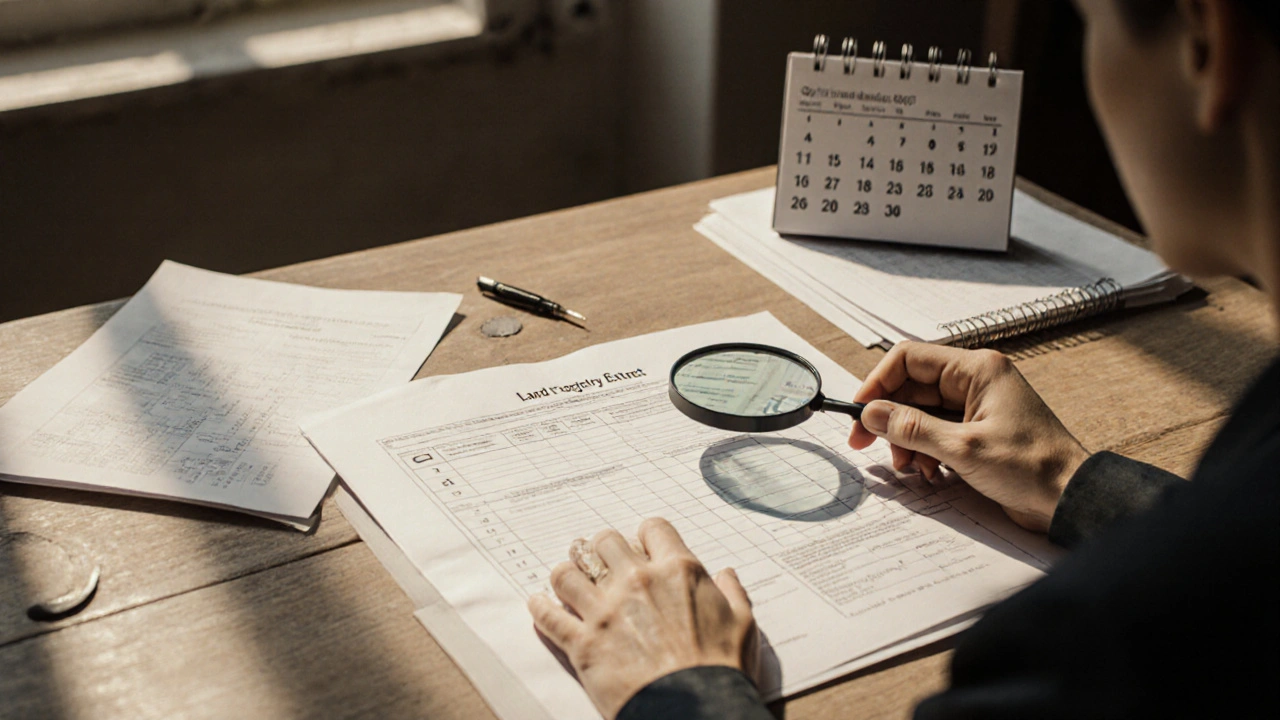Čtení listu vlastnictví: jak pochopit dokument, který určuje vaši vlastnictví nemovitosti
When dealing with real estate in the Czech Republic, the list vlastnictví, formální dokument zemědělského úřadu, který potvrzuje právo vlastnictví k nemovitosti. Also known as výpis z katastru nemovitostí, it is the single most important paper you’ll ever hold when buying, selling, or inheriting a property. Many people think it’s just a formality, but it’s actually the legal heartbeat of your home. If you don’t understand it, you risk paying too much, missing hidden debts, or even losing rights to parts of your property.
Every list vlastnictví, formální dokument zemědělského úřadu, který potvrzuje právo vlastnictví k nemovitosti. Also known as výpis z katastru nemovitostí, it is the single most important paper you’ll ever hold when buying, selling, or inheriting a property. is divided into three sections: vlastnictví, část dokumentu, která uvádí jména vlastníků a jejich podíly, závazky, zde najdete hypotéky, zástavní práva nebo práva třetích osob, and nemovitost, popis pozemku nebo bytu s číslem parcely, plochou a polohou. The first section tells you who owns what. The second shows you what debts or claims are tied to the property — like a mortgage or a neighbor’s right to pass through your garden. The third gives you the exact legal description of the space you think you own. If the area on the list doesn’t match what you see on the ground, you’ve got a problem.
Most people skip reading the list until they’re forced to — usually during a sale. But if you’re thinking of buying a flat, renovating, or even just adding a balcony, you need to know what’s legally yours. A neighbor might have a right to use your roof space. The municipality might own the wall between your building and the neighbor’s. A previous owner might have sold the parking spot separately — and you didn’t even know it existed. That’s why checking the list before signing anything saves you thousands. It’s not just paperwork. It’s protection.
And it’s not just about ownership. The list also reveals if the property is under heritage protection, if there are easements for utilities, or if part of it is leased to someone else. I’ve seen people buy apartments thinking they own the entire balcony — only to find out later the list says it’s common area. Or they assume they can build an extension, but the parcel description says it’s restricted land. These aren’t rare mistakes. They’re predictable.
What you’ll find in the posts below aren’t theoretical guides. These are real stories from people who learned the hard way — from how to read a list after inheriting a house, to why a missing signature on a transfer form can delay a sale for months, to how a simple typo in the parcel number can cost you your deposit. You’ll learn what to ask for, what to ignore, and what to double-check before you hand over your money. This isn’t about legal jargon. It’s about knowing what’s really yours — and what someone else might try to take.

 lis, 14 2025
lis, 14 2025